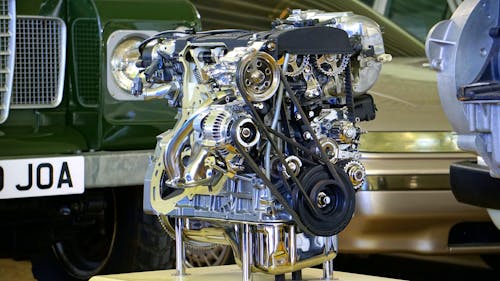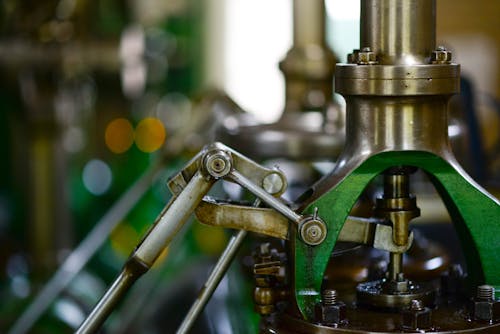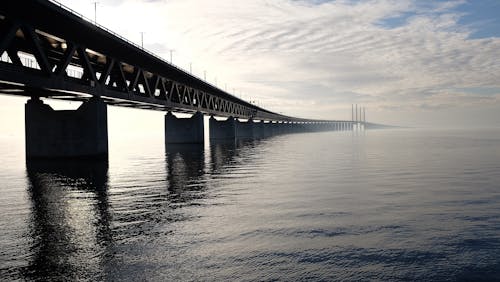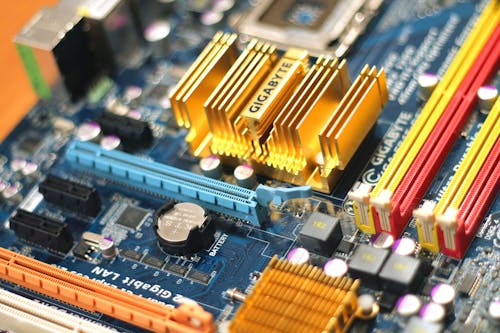EngineerinG
Engineering is the use of scientific principles to design and build machines, structures, and other items, including bridges, tunnels, roads, vehicles, and buildings.The discipline of engineering encompasses a broad range of more specialized fields of engineering, each with a more specific emphasis on particular areas of applied mathematics, applied science, and types of application. See glossary of engineering .
.
The term engineering is derived from the Latin ingenium, meaning "cleverness" and ingeniare, meaning "to contrive, devise".
Engineering has existed since ancient times, when humans devised inventions such as the wedge, lever, wheel and pulley, etc.
The word "engine" itself is of even older origin, ultimately deriving from the Latin ingenium (c. 1250), meaning "innate quality, especially mental power, hence a clever invention.

The science of classical mechanics, sometimes called Newtonian mechanics, formed the scientific basis of much of modern engineering. With the rise of engineering as a profession in the 18th century, the term became more narrowly applied to fields in which mathematics and science were applied to these ends. Similarly, in addition to military and civil engineering, the fields then known as the mechanic arts became incorporated into engineering.
Canal building was an important engineering work during the early phases of the Industrial Revolution.
John Smeaton was the first self-proclaimed civil engineer and is often regarded as the "father" of civil engineering. He was an English civil engineer responsible for the design of bridges, canals, harbors, and lighthouses. He was also a capable mechanical engineer and an eminent physicist. Using a model water wheel, Smeaton conducted experiments for seven years, determining ways to increase efficiency.Smeaton introduced iron axles and gears to water wheels.Smeaton also made mechanical improvements to the Newcomen steam engine. Smeaton designed the third Eddystone Lighthouse (1755–59) where he pioneered the use of 'hydraulic lime' (a form of mortar which will set under water) and developed a technique involving dovetailed blocks of granite in the building of the lighthouse. He is important in the history, rediscovery of, and development of modern cement, because he identified the compositional requirements needed to obtain "hydraulicity" in lime; work which led ultimately to the invention of Portland cement.

Applied science lead to the development of the steam engine. The sequence of events began with the invention the barometer and the measurement of atmospheric pressure by Evangelista Torricelli in 1643, demonstration of the force of atmospheric pressure by Otto von Guericke using the Magdeburg hemispheres in 1656, laboratory experiments by Denis Papin, who built experimental model steam engines and demonstrated the use of a piston, which he published in 1707. Edward Somerset, 2nd Marquess of Worcester published a book of 100 inventions containing a method for raising waters similar to a coffee percolator. Samuel Morland, a mathematician and inventor who worked on pumps, left notes at the Vauxhall Ordinance Office on a steam pump design that Thomas Savery read. In 1698 Savery built a steam pump called "The Miner's Friend." It employed both vacuum and pressure.Iron merchant Thomas Newcomen, who built the first commercial piston steam engine in 1712, was not known to have any scientific training.
The application of steam-powered cast iron blowing cylinders for providing pressurized air for blast furnaces lead to a large increase in iron production in the late 18th century. The higher furnace temperatures made possible with steam-powered blast allowed for the use of more lime in blast furnaces, which enabled the transition from charcoal to coke.
Main branches of engineering
Chemical engineering

Chemical engineering is the application of physics, chemistry, biology, and engineering principles in order to carry out chemical processes on a commercial scale, such as the manufacture of commodity chemicals, specialty chemicals, petroleum refining, microfabrication, fermentation, and biomolecule production.
Civil engineering

Civil engineering is the design and construction of public and private works, such as infrastructure (airports, roads, railways, water supply, and treatment etc.), bridges, tunnels, dams, and buildings.Civil engineering is traditionally broken into a number of sub-disciplines, including structural engineering, environmental engineering, and surveying. It is traditionally considered to be separate from military engineering.
Computer engineering
Computer engineering (CE) is a branch of engineering that integrates several fields of computer science and electronic engineering required to develop computer hardware and software. Computer engineers usually have training in electronic engineering (or electrical engineering), software design, and hardware-software integration instead of only software engineering or electronic engineering.
Electrical engineering 
Electrical engineering is the design, study, and manufacture of various electrical and electronic systems, such as broadcast engineering, electrical circuits, generators, motors, electromagnetic/electromechanical devices, electronic devices, electronic circuits, optical fibers, optoelectronic devices, computer systems, telecommunications, instrumentation, control systems, and electronics.
Mechanical engineering
Mechanical engineering is the design and manufacture of physical or mechanical systems, such as power and energy systems, aerospace/aircraft products, weapon systems, transportation products, engines, compressors, powertrains, kinematic chains, vacuum technology, vibration isolation equipment, manufacturing, robotics, turbines, audio equipments, and mechatronics.
- Interdisciplinary engineering
Interdisciplinary engineering draws from more than one of the principle branches of the practice. Historically, naval engineering and mining engineering were major branches. Other engineering fields are manufacturing engineering, acoustical engineering, corrosion engineering, instrumentation and control, aerospace, automotive, computer, electronic, information engineering, petroleum, environmental, systems, audio, software, architectural, agricultural, biosystems, biomedical, geological, textile, industrial, materials,and nuclear engineering.These and other branches of engineering are represented in the 36 licensed member institutions of the UK Engineering Council.
New specialties sometimes combine with the traditional fields and form new branches – for example, Earth systems engineering and management involves a wide range of subject areas including engineering studies, environmental science, engineering ethics and philosophy of engineering.





0 Comments